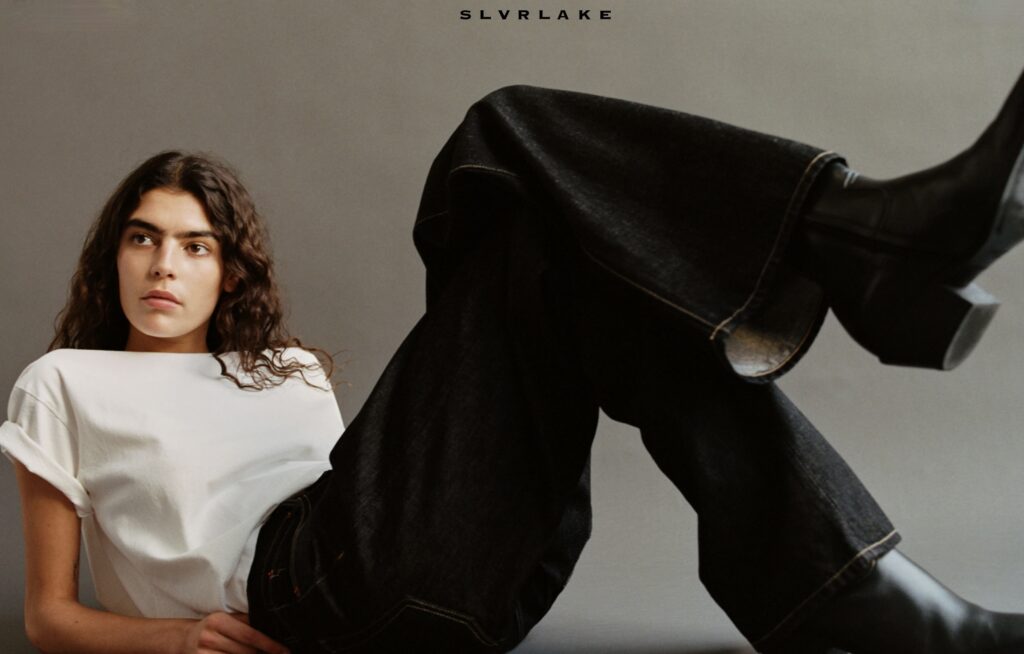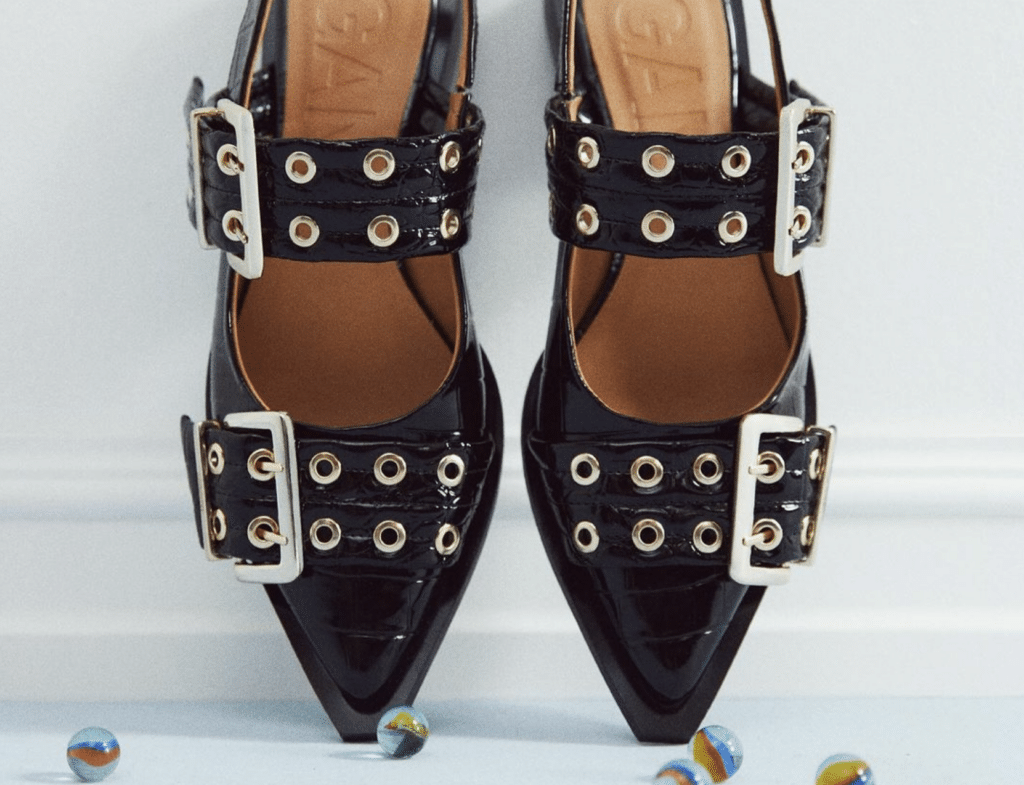Hermès International has ramped up its defense in the class-action lawsuit accusing it of making consumers buy thousands of dollars of its products in order to get a chance to purchase one of its coveted Birkin bags. In a new filing that follows from the motion to dismiss that it lodged with a California federal court earlier this summer, Hermès disputes Tina Cavalleri, Mark Glinoga, and Mengyao Yang (the “plaintiffs”)’s claims that its alleged Birkin sales “scheme” constitutes unlawful tying in violation of U.S. antitrust laws. In particular, Hermès aims to pick apart the plaintiffs’ allegations about market power, tied markets, and antitrust injury, reemphasizing and expanding on arguments in its motion to dismiss, which will be examined by the court at a hearing next week.
In the lawsuit that they filed in March, Cavalleri, Glinoga, and Yang argue that Hermès wields market dominance over the highly sought-after Birkin bag in order to force customers to buy “ancillary products” – ranging from Hermès-branded shoes and scarves to jewelry and home goods – before allowing them to purchase the market’s most iconic handbag, its $10,000-plus Birkin. While the plaintiffs assert that such product “tying” violates the Sherman Act and California’s Cartwright Act, which prohibit practices that restrain competition in the market, Hermès argues that the court should toss out the case, as there is nothing illegal at play.
Focusing largely on their tying claim (which requires them to allege facts plausibly suggesting market power in a tying market and foreclosure of competition in a tied market), Hermès argues that the plaintiffs fall short for a few reasons. Primarily, they do not allege that it has the necessary monopoly or market power in the tying product market, the Birkin-maker asserts; they similarly do not define the tied market or allege that Hermès’ practices have resulted in any antitrust injury.
> Market Power: Hermès first takes aim at the lack of direct or indirect evidence put forth by the plaintiffs to show that it maintains market power, claiming that the plaintiffs misunderstand the “key question” here, which is whether “by restricting its own output, [Hermès] can restrict marketwide output and, hence, increase marketwide prices.” In fact, the French luxury brand argues that the plaintiffs have not alleged that it has restricted “overall output” in the luxury handbags market and increased market-wide prices of luxury handbags in the process. In fact, they “do not even have conclusory allegations that [it] has reduced the supply of Birkin handbags such that … overall prices for luxury handbags have increased,” per Hermès.
In terms of market share (an indirect indicator of market power) in a luxury handbag market, Hermès claims that the plaintiffs “offer no factual allegations” on this front. Instead, they merely state that “Hermès holds a substantial [and growing] share of the market” and claim that it derives market power based on the “uniqueness and desirability” of its Birkin handbags. This issue with that, according to Hermès, is that it contravenes binding precedent from the Supreme Court, which squarely rejects “a presumption of market power based on unique product attributes.”
The reality, Hermès argues, is that it does not maintain market power in the luxury handbag market because while it “has desirable products and has developed a devoted customer base,” it only occupies “a small slice of any alleged luxury handbag market.” And despite what the plaintiffs allege, Hermès contends that “this is what the antitrust laws encourage and certainly not what they prohibit.”
> Tied Markets: Hermès argues that the plaintiffs’ amended complaint also fails to allege the foreclosure of competitors in a viable tied market. In particular, Hermès says that the plaintiffs have not adequately defined the “tied” market(s), and instead, they broadly claim that there is a market for each of Hermès’ “ancillary products,” which they define as all “products sold at Hermès branded retail boutiques, for which sales agents receive a commission” (i.e., all products except for the Birkin, Kelly, or Constance bags).
By lumping disparate product categories – from footwear and fragrances to jewelry and home goods – together under the “ancillary products” label without “explain[ing] the contours of any of these markets, including whether they are purportedly limited to luxury items … and what items fit into which markets,” the plaintiffs fail to define the tied markets, Hermès insists. And even if the plaintiffs did properly define the “tied” market(s), they still fall short in alleging illegal tying under the Sherman Act, as they have not shed light on how the alleged tying arrangement “affects a ‘not insubstantial volume of commerce’ in the tied product market[s].”
They similarly have not provided any support for their claim that Hermès’ practices harm competitors in these ancillary markets, according to Hermès.
> Antitrust Injury: Finally, Hermès maintains that the plaintiffs’ antitrust injury argument fails, as they have not shown any harm to competition as a result of its alleged tying scheme. The plaintiffs argue that they have suffered economic harm because they are forced to buy Hermès’ ancillary products at “supra-competitive” prices in order to obtain a Birkin bag. However, Hermès counters that this is merely a complaint about the plaintiffs’ personal dissatisfaction with Hermès’ sales practices and not a legitimate allegation of harm to the competitive process, noting “that allegation of personal harm does not satisfy the plaintiffs’ burden of pleading harm to the competitive process.”
Additionally, Hermès points to the U.S. Court of Appeals for the Ninth Circuit’s decision in Brantley v. NBC Universal, which holds that reduced consumer choice or increased prices, alone, are not sufficient to establish antitrust injury. The luxury brand argues that the plaintiffs have failed to provide specific facts showing how competition in the ancillary product markets has been harmed. Instead, their claims center on their inability to purchase Birkin handbags on their preferred terms, which Hermès argues is not an antitrust violation.
Without demonstrating that Hermès’ practices have negatively impacted competition in the broader market, the plaintiffs’ antitrust injury claims are doomed, the company argues.
The Crux of the Case: Hermès contends that the plaintiffs’ “real complaint” is that “they are unable to buy Birkin handbags on their preferred terms.” According to Hermès, the plaintiffs’ “real goal” and the real driver of their lawsuit is to “obtain on-demand access to Birkin handbags at their preferred price for purposes of resale and investment.” The problem with that, Hermès argues, is that the plaintiffs’ personal “dissatisfaction that they cannot buy as many Birkin handbags as they wish is not an antitrust violation,” and thus, the case should be dismissed.
The case is Cavalleri, et al. v. Hermès International, et al., 3:24-cv-01707 (N.D. Cal.)
Updated
September 30, 2024
In a filing made public on September 30, Judge James Donato dismissed the amended complaint without prejudice. In a brief order, he stated, “For the reasons discussed at the hearing, the amended complaint is dismissed with leave to amend. In pertinent summary, the amended complaint did not plausibly allege relevant product markets, defendant’s market power within those markets, or an injury that the antitrust laws were intended to prevent. Plaintiffs may file a second amended complaint by October 11, 2024.”











